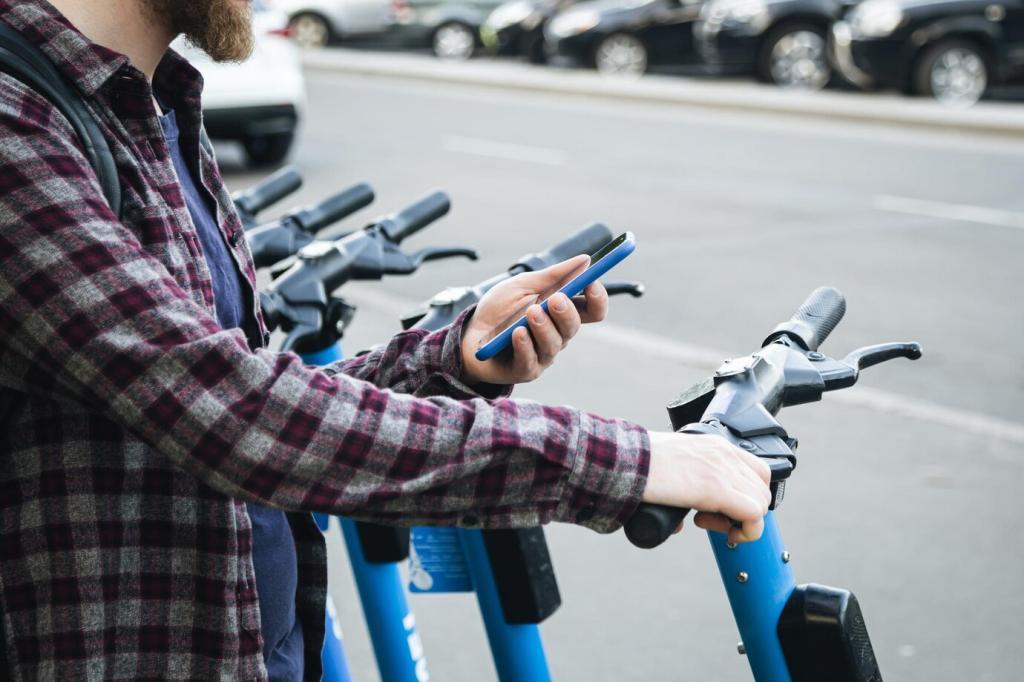Chosen theme: Personalization in Mobile Apps Using AI. Welcome to a space where relevance replaces noise, and every tap feels understood. Dive into ideas, stories, and practical frameworks that help your app adapt to each person—ethically, transparently, and delightfully. Subscribe for hands-on guides and share your toughest personalization questions so we can explore them together.



Consent, Clarity, and Value Exchange
Show plainly what you collect, why it matters, and what users get in return. Replace vague toggles with simple choices like “Recommend quieter routes based on past runs.” Highlight revocability, and celebrate consent as empowerment, not a checkbox chore hidden in settings.
Minimization, Anonymization, and Retention Windows
Collect only necessary signals, aggregate whenever possible, and enforce short, purpose-bound retention. Apply anonymization techniques and deletion guarantees tied to user actions. This discipline sharpens modeling while protecting people, keeping you resilient to regulation changes and worthy of long-term user loyalty.
Start with clustering to identify behavior-based cohorts—newcomers, weekend warriors, late-night browsers. Use embeddings to capture richer tastes, and refresh segments frequently. Personalize content, offers, and navigation for each group, then monitor lift in retention, session depth, and assisted conversions across cohorts.



Designing Interfaces That Feel Personal, Not Creepy
Offer one-tap explanations like “Recommended due to your evening runs and saved playlist.” Keep it warm, short, and optional. Explainability reduces uncanny vibes, teaches users how to tune suggestions, and turns skepticism into curiosity that ultimately fuels better feedback loops.
Designing Interfaces That Feel Personal, Not Creepy
Create a prominent personalization hub: data toggles, topic preferences, notification timing, and frequency caps. Preview effects before saving. Add a quick “reset recommendations” option. When people steer the experience, they invest emotionally and return more often to refine it further.
Real-Time Architecture for On-Device Delight
Stream events with well-defined schemas, transform them into features quickly, and serve them from a low-latency store. Keep lineage transparent and freshness strict. Feature reuse accelerates new experiments while ensuring consistency across ranking, notifications, and in-app previews.


Real-Time Architecture for On-Device Delight
Distill large models into compact, quantized versions suitable for mobile. Cache key embeddings, precompute fallbacks, and guard against flaky networks. On-device inference slashes latency, protects privacy, and delivers personalization that feels instantaneous, even when connectivity dips on the subway.
Measuring Impact Without Losing the Plot
Align on a north star—activated users, retained sessions, or value created per user—and pair it with guardrails like complaint rate and battery impact. Build dashboards that reveal trade-offs, not just winners, so teams learn responsibly and ship smarter iterations.
Audit events, define clear consent flows, and pick one journey to improve—home feed, notifications, or search. Write hypotheses, success metrics, and guardrails. Draft your control center. Create a simple backlog that connects every task to a measurable user outcome.
Your First 60 Days: A Practical Roadmap
Build a minimal model, wire feature ingestion, and A/B test a single surface. Add explainability microcopy and opt-out controls. Iterate weekly on model and UX. Publish results internally and celebrate learning, not just wins, to keep morale and momentum strong.
